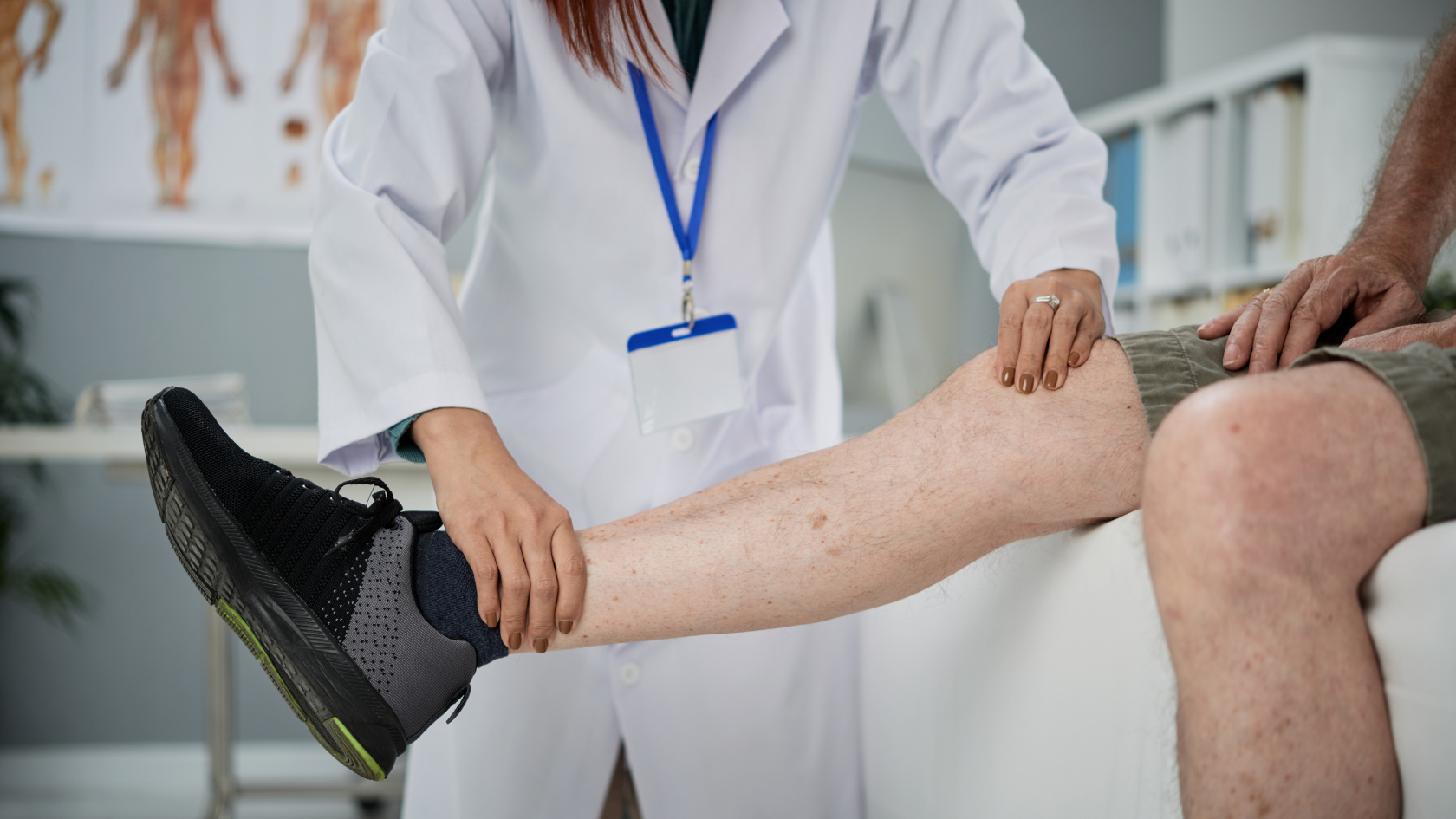Phlebitis might sound serious, but it’s actually a common and manageable condition. It happens when a vein becomes inflamed, often after an IV, a long trip, or sitting still for hours. The vein wall reacts, causing redness, warmth, or mild pain under the skin. While it can look worrying, most cases clear up quickly once you recognize what’s happening and take the right steps.
In simple terms, phlebitis is vein irritation. It can show up in your arms or legs, especially when blood flow slows down. You might feel a tender spot or notice a red streak along the vein. For many people, using a warm compress and keeping the area elevated is enough to ease the discomfort. Staying active and hydrated also helps prevent it from coming back.
Still, pay attention to your body. If swelling increases, pain spreads, or you start noticing hardness in the vein, it’s important to contact a healthcare provider. Early care can prevent complications like blood clots. The goal isn’t to worry, it’s to stay aware. Once you understand the signs, you’ll know when home care is enough and when it’s time for medical help.
Key Takeaways
- Phlebitis is vein inflammation, often after IVs or long sitting; watch for redness, warmth, tenderness, or a firm, cord-like streak under skin.
- Clinicians classify causes as mechanical, chemical, or infective; catheter friction, extreme pH medications, or poor hygiene can spark irritation or septic phlebitis.
- Prompt care matters; surface clots can extend to DVT or pulmonary embolism, so worsening pain, swelling, or hardness should trigger medical evaluation.
- In IV therapy, prevent phlebitis with hand hygiene, chlorhexidine skin prep, secure lines, daily checks, appropriate catheter size, and passive disinfection caps.
- Home management includes warm compresses, elevation, walking, NSAIDs, and compression stockings; severe or spreading cases may require anticoagulants, line removal, antibiotics, or imaging.
Table of Contents
What Is Phlebitis?
Phlebitis is inflammation of a vein. Doctors break it down into three main types: mechanical (the IV catheter rubs the vein), chemical (irritating meds like chemo or high-dose potassium), and infective (germs sneak in). Pain, redness, warmth, and a hard “cord” you can feel under the skin are the classic clues.
Why Veins Get Inflamed
Think of Virchow’s triad—slow blood flow, a sticky clotting state, and vein wall damage, as the perfect storm. Long car rides, surgery, smoking, or a too-big cannula can tip the balance. In IV therapy, the catheter tip may scrape a valve or bend at the elbow, sparking mechanical phlebitis. Potent drugs with a low or high pH burn the lining and trigger chemical phlebitis. Poor hand hygiene lets bacteria join the party and causes septic phlebitis.
How Clinicians Diagnose It
Most of the time, a trained eye and gentle palpation tell the story. If a clot (thrombophlebitis) is suspected, ultrasound or a D-dimer test rules out deep-vein trouble. Catching a clot early matters, because a small surface clot can extend and create a deep-vein thrombosis (DVT) or, worse, a lung-blocking pulmonary embolism.
Prevention And Treatment In IV Therapy
The 2024 Infusion Therapy Standards keep things crystal clear: sanitize hands with 60%-plus alcohol rub, scrub the skin with 2% chlorhexidine, and secure lines to stop micro-movement. Daily site checks, look and gently feel for warmth, redness, or a tender vein, are non-negotiable.
- Rotate or remove the catheter if you spot any phlebitis sign; leaving it in lets inflammation snowball.
- Choose the smallest catheter that still delivers the therapy, and switch to a mid-line or PICC if treatment extends past six days.
- Use passive disinfection caps—studies show they can drop phlebitis and infection rates.
- Warm compresses, elevation, and walking boost blood flow and ease pain. Over-the-counter NSAIDs calm inflammation.
- Compression stockings help lower-leg cases by squeezing blood past sluggish spots and preventing clot growth.
- Anticoagulants (heparin or newer oral options) enter the picture only when the clot is big or creeping toward deep veins.
When infection is suspected, think fever, pus, or rapid spreading redness, doctors pull the line, start IV antibiotics, and culture the tip so they know the enemy.
Protect Your Veins Today
Frequently Asked Questions
Not always. Phlebitis means vein inflammation; if a clot forms too, doctors call it thrombophlebitis.
Yes—gentle walking improves blood flow and speeds healing unless your doctor says otherwise.
Mild cases improve in a few days; the firm cord can linger for weeks while the vein heals.
A tender, warm, red streak along the vein—sometimes itchy, often sore to touch.
People with recent IV lines, varicose veins, long flights, or clotting disorders top the list.
Warm, moist heat works better for comfort; ice can slow blood flow and isn’t usually recommended.
Only if bacteria are involved. Your provider decides based on symptoms and cultures.
Wash hands, keep the dressing clean and dry, and call your nurse if the site hurts or looks red.
If ignored, the clot can extend into deep veins and cause a dangerous pulmonary embolism, so monitor closely.
See one right away if pain worsens, swelling spreads, you notice shortness of breath, or you develop a fever.

